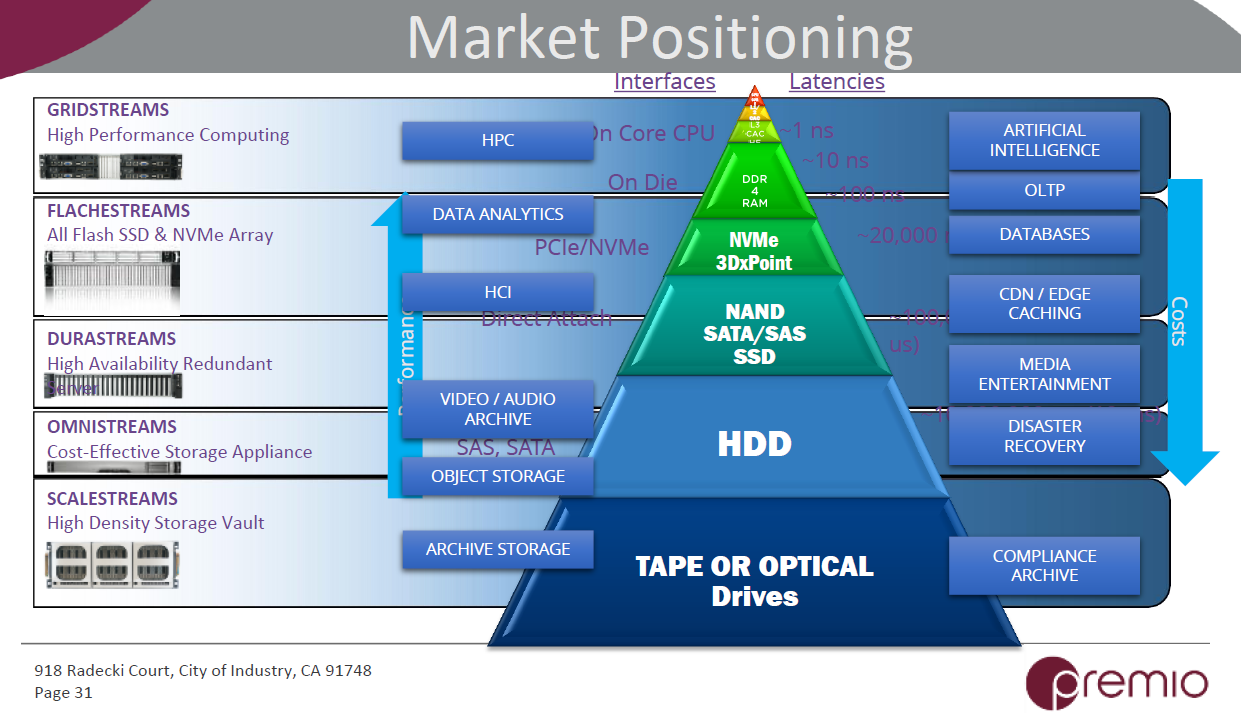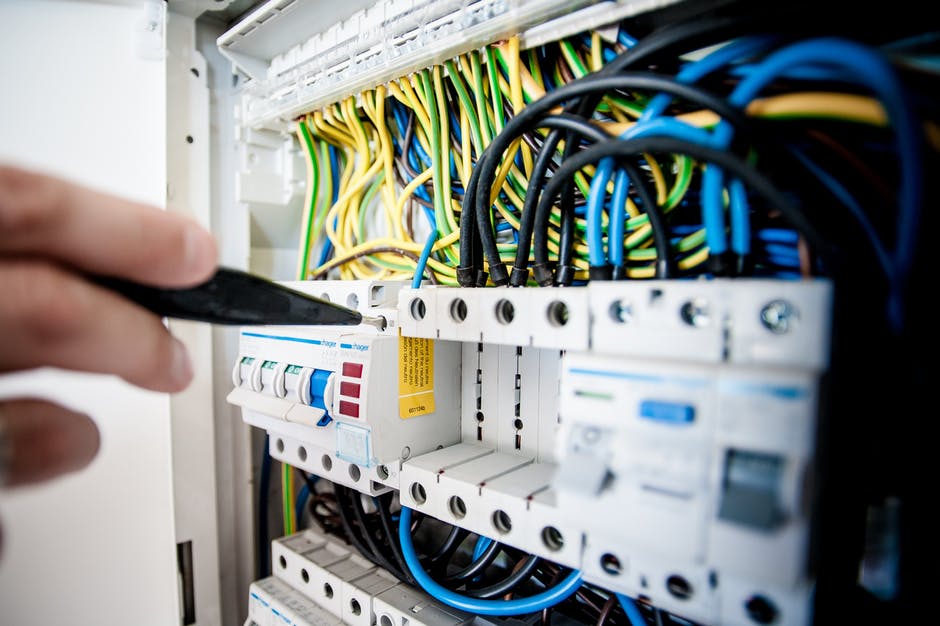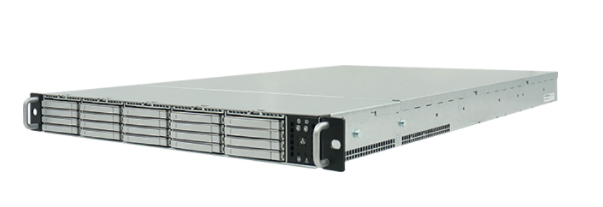By now, you have a pretty good idea what is meant by a storage device, but keeping up with the types of computer storage mediums and how they are used is more than a challenge unless you recently landed an assignment as IT Storage Administrator for an expanding company or you are a leader for a world-class managed services provider (MSP). As diverse data storage needs continue to rise among small- and enterprise level businesses and consumers alike, advancing technologies are making it possible to select from exclusive types of storage devices for workplace performance and business continuity.
What Storage Devices Are Current On The Market
Early 1970s storage devices were designed so well that we continue to use them today, but more adaptable designs are taking a front seat to accommodate broad requirements that do more than simply store data. So while some storage devices have been around awhile, they are still current on the market along with a more versatile line of advanced storage devices.
- Tape/Optical Drives tape and optical drive storage use magnetic tape to read and write data. This early storage medium is a cost effective alternative for archived data.
- HDD Hard disk drive storage is still a bestseller when you require an affordable option that offers proven functionality and holds a lot of data. HDD offers capacity at a great price and rates well for a hybrid storage solution.
- NAND SATA (or SAS) SSD NAND Flash solid state drive technology is a more recent storage option that blends high capacity along with reliability and speed. Flash is a non-volatile medium that requires no electrical power in order to retain data.
- SATA=serial attached technology attachment a computer bus interface used to connect a host bus adapter to a mass storage device (hard disk drive, solid state drive, or optical drive)
- SAS=serial-attached SCSI solid state drive a point to point serial protocol that can move data between storage devices (hard disk drives, tape drives)
- NVMe / 3D XPoint Non-volatile memory express is a communications interface used for SSDs that is designed to optimize memory based storage such as NAND SSD, while 3D Xpoint (three-d cross point) is a new nonvolatile memory technology known to transform large amounts of real time data into valuable information. 3D XPoint is said to bridge the gap in the storage market between dynamic random access memory (DRAM) and NAND flash.
- DDR4 RAM Double data rate, 4th generation, dynamic random access memory is known for high speed and heightened efficiency based on an increase in transfer rates and a decrease in voltage. Overall, this storage option boasts higher performance, improved data integrity, less power consumption, and higher dual inline memory module (DIMM) capacities.
Keep in mind, IT leaders and service providers are blending these storage options in a hybrid solution to get exactly what they need in terms of speed, capacity, and performance. No two storage device solutions are the same, and today's market has varying requirements that make custom storage solutions a desirable outcome. Making the best choice in a storage solution may have little to do with current technology and everything to do with your business needs in terms of cost, performance, and what you expect to accomplish.
What Do These Storage Types Achieve
Device storage solutions can be broken down into what businesses hope to achieve. A number of these storage device features crossover and as well a hybrid model can create the desired storage environment. The EchoStreams Market Positioning Pyramid offers a comprehensive example of how these storage types vary and what they offer, as you evaluate your options and begin to seek a strategy that aligns with your business needs.

- DDR4 RAM High performance computing
- NVMe / 3D XPoint Non-volatile solid state flash properties
- NVDIMM Non-volatile random-access memory
- NAND SATA (or SAS) SSD High-availability / redundancy
- HDD Cost-effective storage appliance
- Tape / Optical Drives High-density storage vault
While your understanding of current storage devices on the market and what you can expect in terms of their capability is helpful, there are a number of questions you must answer when you begin the process of determining the best storage solution for your enterprise.
What Questions To Ask When You Are Choosing Storage Devices

Once you meet with your internal team followed by a reputable storage device supplier to help you design a strategy for success, the answers will surface. You should be able to answer these questions about your IT infrastructure and your business requirements.
- What type of architecture what is your current architecture (capabilities and programming model) and are you planning to migrate?
- What form factor what are the specifications of your motherboard including dimensions, your power supply, mounting requirements, and ports, etc.?
- What function and purpose what are the expectations for your storage device; are you most interested in capacity, reliability, speed, or performance or a combination of these?
- What software applications what apps will you be using and what requirements do they have?
- What kind of environment can you describe your environment as it pertains to computing including size, scale, staff, storage needs, and growth expectations?
- What are key component part(s) what surrounding equipment is affected?
- What kind of performance do you expect or desire consider bandwidth, input/output processors, speed, etc.?
- What storage capacity is needed include growth expectations?
- What are your problems what are the right solutions?
When you are prepared and ready to engage with a leading industry supplier, the process of identifying your overall storage device needs will begin to get easier. EchoStreams servers and high-end storage solutions are built with purpose, and you'll find a company that stands behind quality relationships, trusted partnerships, and fully satisfied customers.
Why EchoStreams Servers
EchoStreams partners with world-class leaders for quality server and storage parts, services, and support. You receive best-in-class products that are meant for results and made for the long term:
- Innovative products (dense capacity, tray-less design, and high performance)
- Purpose-built and proven to last
- Competitively priced considering total cost of ownership (TCO)
- Added manufacturing and service logistic value
- Proven Intel servers and components
- Versatile makes and models with features to meet storage challenges
Pictured: Flash Storage Server - FlacheSAN1L-D4
EchoStreams offers fully-validated servers and high-quality storage platforms in the configuration and features list you need for business. Select from all-flash array for CDN (see our article on All Flash Storage Arrays), scalable high performance computer (HPC) storage, high-availability software-defined storage, object storage for internet protocol device control (IPDC) warm/cold storage, virtual-desktop infrastructure / hyper-converged infrastructure, and even more. The server and storage configurations are versatile and robust.
The EchoStreams Difference
When it comes to choice in a server storage provider, your decision depends greatly on your performance requirements and your budget. Our EchoStreams storage platforms have undergone scrupulous design, verification, and testing to ensure quality and compliance standards are met. As an Intel-Direct Platinum Partner, we use system-compatible and industry-trusted Intel server boards and components to accommodate original equipment manufacturers, original design manufacturers, Fortune-500 companies, SMBs, and enterprise businesses. Customers love EchoStreams' dedication to value-add, flexibility, and innovation for every storage solution. Let EchoStreams help you differentiate between the different types of storage devices and learn how to use them.
EchoStreams has been serving customers in the computing space for over 25 years and has evolved to support server storage device needs on a worldwide scale. Let EchoStreams be your storage choice for your business startup, upcoming migration, or company transformation. This a team that knows storage!

